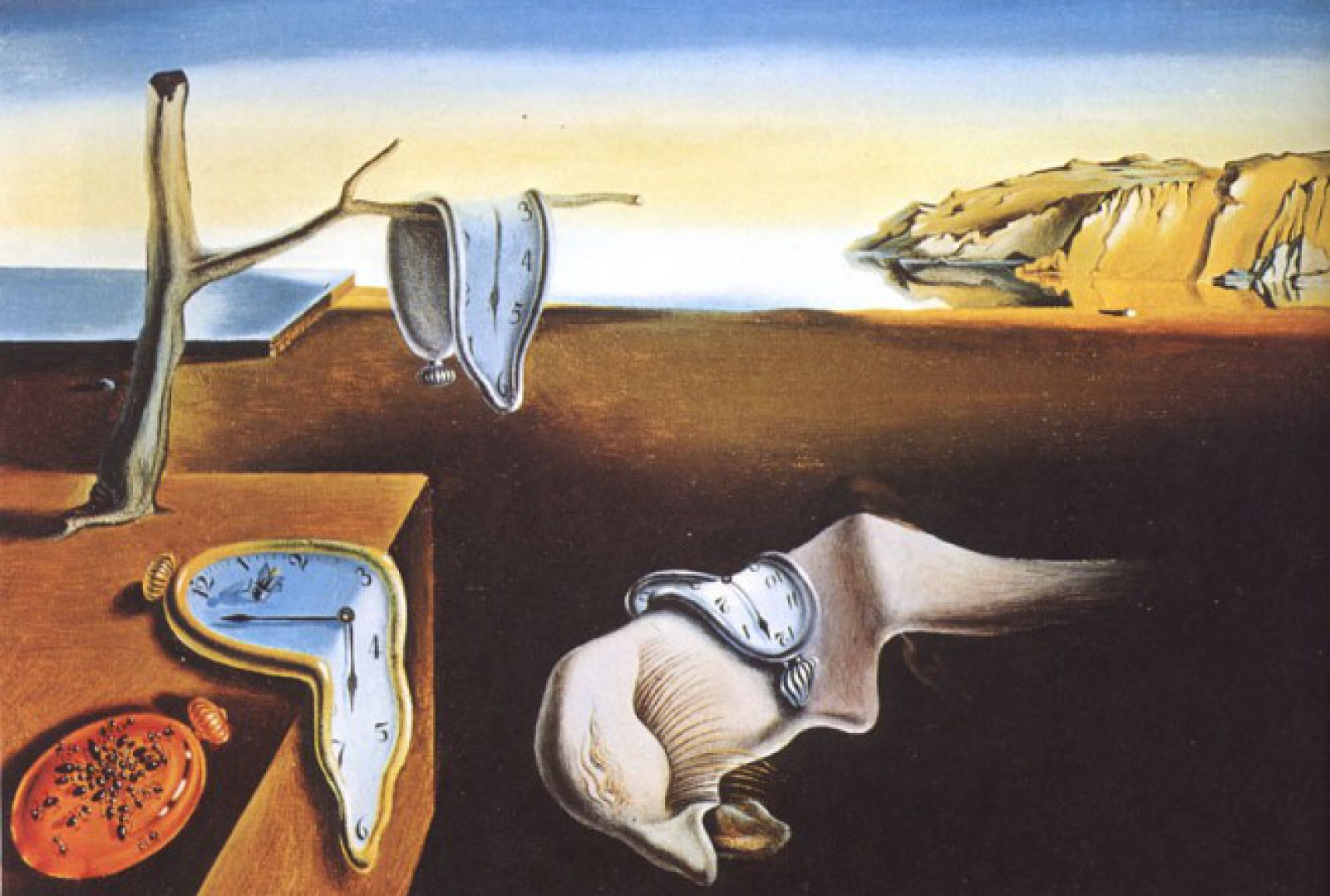“According to Greek mythology, humans were originally created with four arms, four legs and a head with two faces. Fearing their power, Zeus split them into two separate parts, condemning them to spend their lives in search of their other halves.”
– Plato (Plato’s Republic 380BC)
For Plato, love is divine, inspired madness. The lover desires beauty with a passion and pursues it, yet the lover himself is not beautiful, therefore the lover desires what he lacks.
The desire for beauty moves from physical to intellectual love. This theory is featured and explored in the musical film Hedwig and the Angry Inch (2001), which tells the story of a transexual woman, Hedwig, who struggles with her art, music, and search for love. Hedwig’s search for love is a pursuit for her other half, just like Plato’s idea of love.
“…human nature was originally one and we were a whole, and the desire and pursuit of the whole is called love.”
– Plato (Complete Works 1997)
Plato’s theory is explained in the song ‘The Origin of Love’, which is brought to life by cartoons. An image of a face splitting in two becomes a symbol for Hedwig’s broken sense of self and lack of identity. This symbol is shown tattooed on her thigh.
Hewig believes to find her other half in Tommy, but later learns that he does not compliment her. By the end of the film Hedwig loses all her feminine costumes and make up and walks the streets naked, androgynous, and whole. The tattoo on her leg is shown as a complete face, which symbolises that she has found her identity within herself and become whole. The argument made in the film is that humans are whole, not halved, and do not need to aspire to a transcendent realm in order to find knowledge, unity and beauty.
Film is a form of art and can be used to explore philosophical ideas and theories and apply them to real life situations. If the nature of love is not a pursuit, what else could it be seen as?
The idea of “soul mates” is a problematic one. Humans cannot see themselves as half a person until they meet their “other half”, as in a modern society this puts too much pressure on the individual to find this person, and too many expectations on their “other half”, to be the perfect compliment to this person. All humans are fundamentally flawed, and no human can live up to these pressures and expectations and still live a full, healthy life. In this sense, humans should see them selves as whole individuals, independent and free.
Yet, life can still be seen as a pursuit, perhaps not for a perfect partner, but for something more conceptual, less material. We are “whole” in the sense that we, as individuals, are one full soul that experiences the world around us. Yet we could also be born as a “half” in a non-physical sense. When we are born, we are merely a body and a mind that takes in our surroundings and communicates them back, but there is a part of us that is empty, we lack passion. Life, then, becomes a pursuit for passion, something that engulfs our soul and being and gives our otherwise nihilistic lives meaning. We can find our passion in art, actions, other people, or ourselves. So perhaps Hedwig and the Angry Inch, doesn’t completely refute Plato’s theory of “The Origin Of Love”, but adapts it for our contemporary society.







